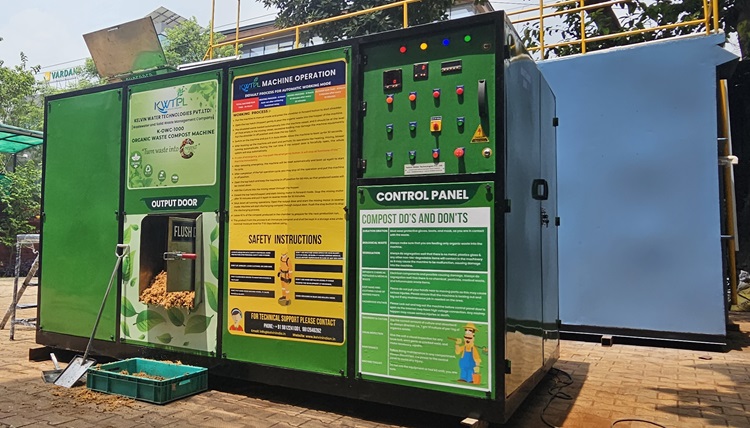Importance of STP Plant For Kitchen

An STP Plant for kitchen is a system designed to treat and manage the wastewater generated in the kitchen. Kitchen wastewater typically contains organic matter, oils, and grease, making it essential to have an appropriate treatment system to prevent environmental pollution and comply with local regulations.
Importance of STP Plant for Kitchen
The presence of an STP in the kitchen helps to effectively treat and manage wastewater, preventing it from polluting our surroundings.
STP is important in the kitchen because it remove harmful pollutants and contaminants from wastewater. This includes organic matter, solid waste, grease, oil, and other chemicals that are commonly found in kitchen wastewater. By removing these impurities, an STP ensures that only clean water is discharging back into the environment.
STP in the kitchen is its contribution to water conservation efforts. Water scarcity has become a global concern, and by treating wastewater on-site through an STP system, we can reuse it for non-potable purposes such as flushing toilets or irrigating gardens.
Types of STP Plant for Kitchen
1. Conventional Activated Sludge System: This is one of the most common types of STPs using in kitchens. It uses a combination of bacteria and oxygen to break down organic matter and remove contaminants from wastewater.
2. Membrane Bioreactor: MBR systems are becoming increasingly popular due to their compact size & high treatment efficiency. They use a membrane filtration process that allows for better separation of solids from liquid, resulting in cleaner effluent.
3. Sequencing Batch Reactor (SBR): SBR systems are known for their flexibility and ease of operation. They work by treating wastewater in batches, allowing for greater control over the treatment process. SBRs also require less space compared to other types of STPs.
4. Constructed Wetland System: If you’re looking for an eco-friendlier option, a constructed wetland system could be the perfect choice for your kitchen. These systems mimic natural wetlands and use plants and microorganisms to treat wastewater through biological processes.
5. Reed Bed System: Reed bed system is an innovative approach where reeds are planting on gravel beds which filter out pollutants such as heavy metals, nutrients etc.
Benefits of Installing an STP in the Kitchen
- It ensures proper treatment and disposal of wastewater generated from cooking, cleaning, and other activities in the kitchen. This contributes to keeping the environment healthier and cleaner.
- STP reduces the dependence on external sewage systems. With an STP installed, you can effectively treat and reuse the water for various purposes like gardening or flushing toilets. This preserves water resources in addition to saving money.
- STP helps to control odors emanating from kitchen waste by efficiently removing pollutants and harmful substances from the wastewater. This results in a more pleasant-smelling environment.
- Installing an STP also contributes to environmental sustainability as it minimizes pollution caused by untreated wastewater discharge into natural water bodies such as rivers or lakes. By treating these wastewaters before release, we protect aquatic life and maintain ecological balance.
- Installing an STP in your kitchen provides multiple benefits including effective wastewater treatment, water conservation, odor control, environmental sustainability, and compliance with regulations. It is a wise investment for a cleaner future!
Conclusion
STPs for kitchens play a vital role in effectively treating sewage and wastewater before it is discharging into the environment. They help remove harmful contaminants and pollutants, ensuring that only clean water flows back into the ecosystem. By implementing an STP system in your kitchen, you not only contribute to preserving nature but also create a healthier living space for yourself and your loved ones.







